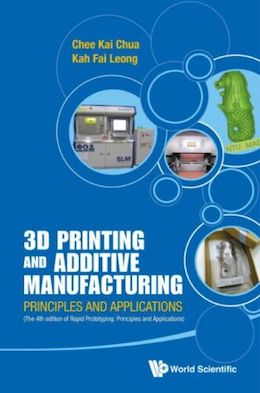
Curated with aloha by
Ted Mooney, P.E. RET

The authoritative public forum
for Metal Finishing 1989-2025

-----
"Spray-On" Copper Plating
January 29, 2016
info: Some of you may know about the so called 'Spray On Chrome' process, maybe have seen a few videos. The process is really spray on silver that has been used to silver mirrors for decades now( but has been adapted for front surface silvering (now called spray on chrome to make it sound catchy). If you think about it spray on silver and silvering of mirrors it's little bit more complex form of Tollen's regent that some of us were able to experiment way back when we were in high school in chemistry class. Well guess what? We can take another reagent that was created long ago to deposit fine copper mirrors.
You may be aware of some reagents that are used to test for blood sugar on the urine of people suspected of diabetes. Out of the many reagents created during the last two centuries the most popular are Tollen's reagent, Fehling's reagent (made of two solutions) and Benedict's reagent. The last two are based on Copper complex solutions, but none of them produce a copper mirror on their own on the test tube; that's why most people don't have a clue that these reagents can be used to deposit a very beautiful copper mirror on the same fashion as spray silver have been for so long.
The process is quite simple if you ask me, once you get the hang of it.
The copper spray solution is prepared following the standard for their respective reagent's formula(in my case I prefer using Benedict's reagent because it's chemical composition is less aggressive that Fehling's but both have given me great results) keeping the solution's heated to about 50 °C is a must.
The piece is Sensitized and then later activated by using stannous chloride and palladium activator.
Spraying the Copper solution and reducer from with the use of a specialized silvering gun is always recommended.
This has been a generalized summarization of the process but a starting point for the people interested on the subject.
Here is a document on how to produce a bright copper mirror on a test tube using sensitizer/activator combo and Fehling's reagent.
www.ibchem.com/IB/ibe/ibe_doc/Cumirror.doc
And here is my YouTube video using Benedict's reagent instead (for the keen eye the yellow/orange byproduct of the reaction). Marvin Sevilla
- Managua, Nicaragua.
----
Ed. note: A few of Marvin's pieces can be seen in the Customer's Gallery section on angelgilding.com.
Q. Does the coating hold onto plastic well?
I'd like to see if it will hold onto 3D printed parts.
Does the finish have metallic properties allowing electroplating?
CaffeineMachine - Visalia, California
December 13, 2019
Q, A, or Comment on THIS thread -or- Start a NEW Thread
